Religion

Abigail: Bible
Abigail, the intelligent and beautiful wife of the wealthy but boorish Nabal, intervenes to prevent David from committing a bloodbath and eventually becomes one of David’s wives (1 Samuel 25). She prophesies that David will establish a dynasty, but neither she nor her son play a role in future struggles over rule or succession.
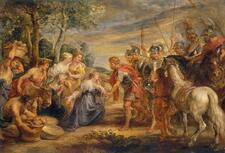
Abigail: Midrash and Aggadah
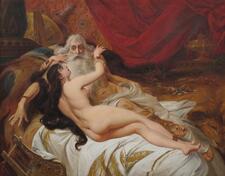
Abishag: Bible
Abishag is an unspeaking Bible character involved in the story of the power struggle between King David’s sons. She is used as a tool to move along the plot concerning Solomon and Adonijah; her story conveys the importance of male honor, as Solomon asserts his right to determine the sexual fates of the female members of his household.
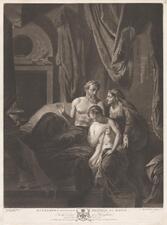
Abishag: Midrash and Aggadah
Abishag’s story in the Bible shows her strength and independence, as she insists David marry her and rebukes his answer when he refuses. Some midrashim use her story to show David’s tenacity in his old age, but Abishag is not explicitly interpreted as wicked or deceitful.
Abortion: Halakhic Perspectives
While halakhic discussions about abortion largely excluded the arguments and perspectives of women, in general poskim (decisors) determined that a woman’s life takes priority over the life of the fetus. Halakhic perspectives have explored the point at which the fetus is considered a human and taken the mother’s physical and psychological health into account in determining her right to abort.
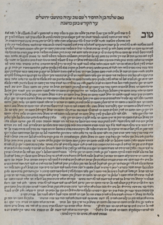
Benvenida Abravanel
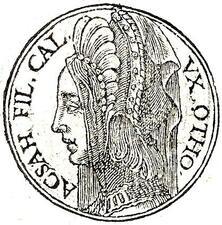
Achsah: Bible
Achsah is the daughter of Caleb. She succeeds in gaining some of her family’s land and water resources, which were normally not available to women in ancient Israel’s patrilineal system. Nevertheless, she remains vulnerable within the patriarchal system.

Achsah: Midrash and Aggadah
The daughter of Caleb, Achsah is depicted in rabbinic tradition as both beautiful and practical.

Paula Ackerman
Paula Ackerman took over leadership of her husband’s synagogue after his death in 1950, when the congregation insisted on her appointment. For the next three years, Ackerman was the first woman to serve as religious leader of a mainstream American congregation, helping to pave the way for the ordination of women rabbis twenty years later.
Adah 1: Bible
The Hebrew Bible character Adah appears in Genesis and is one of the two wives of Lamech. Her sons are in the seventh generation of naturally born human beings, and they are the founders of the civilized arts.
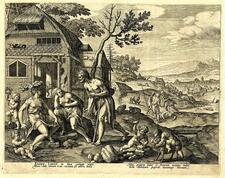
Adah 1: Midrash and Aggadah
Adah was one of Lamech’s wives whose legacy was observable not only in her own children but also in her influence on her fellow Israelites.
Adah 2: Bible
The Hebrew Bible character Adah appears in Genesis 36 and is the daughter of Elon the Hittite and the wife of Esau. Her character demonstrates the importance of women and marriage in understanding kinship groups in the Book of Genesis.
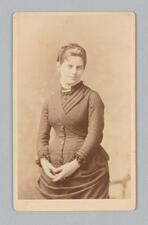
Helen Goldmark Adler
Helen Goldmark Adler is remembered for her philanthropic achievements and her marriage to Felix Adler, philosopher and founder of the Ethical Culture Movement. In turn-of-the-century New York, Adler penned articles, established a free kindergarten for children with working-class parents, and founded an organization focused on the science of child-rearing.
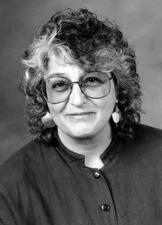
Rachel Adler
Rachel Adler is unquestionably among the leading constructive Jewish theologians, translators, and liturgists of the modern era. One of the first theologians and ethicists to integrate feminist perspectives and concerns into the interpretation of Jewish texts and the renewal of Jewish law and ethics, Adler is the award-winning author of Engendering Judaism.

Nima Adlerblum
Nima Adlerblum was a writer, educator, and early Zionist activist in New York, whose life began and ended in Jerusalem. She wrote widely on philosophy, education, Jewish philosophy, and American history, and also founded Hadassah’s national cultural and educational program in addition to serving as its national and cultural chair from 1922 to 1935.
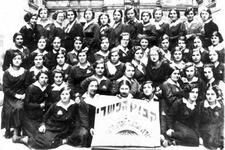
Agudat Israel: Interwar Poland
Agudat Israel, the world movement of Orthodox Jewry, introduced substantial reforms that changed the status of women in Orthodox society. In particular, the Bais Ya’akov model pioneered by Sarah Schenirer focused on women’s education as a way of creating a more robust Orthodox community against the pressures of modernity.
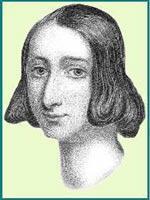
Grace Aguilar
Agunot
Agunot are women who are unable to obtain a rabbinic divorce because their husbands or husbands’ male next of kin are unable to give one, leaving them chained in marital captivity. Although many efforts have been made to address these problems, for those most part agunot in halakhically observant communities continue to face deep-seated challenges.
Ahinoam: Bible
Ahinoam is a Hebrew Bible character appearing in the Book of Samuel as King David’s wife and mother of his eldest son, Amnom. Since Ahinoam’s name usually precedes the name of David’s other wife Abigail, it is suggested that the name order signifies Ahinoam’s elevated status as the mother of David’s firstborn son.

Akiva, Rabbi
Rabbi Akiva was an important interpreter and teacher of Jewish laws of the Tannaitic period (ca. first-third century C.E.). He was particularly groundbreaking in his teachings regarding women’s standing and sexual and marital relations, recognizing women as deserving of human dignity.
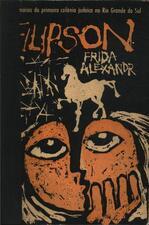
Frida Alexandr
A Brazilian-born daughter of immigrants, Frida Alexandr was the only woman writer to describe Jewish cowboys in Brazil from the viewpoint of one who lived among them. Her only published book was the novel Filipson, which chronicled the lives and episodes of the farm where she was born in 1906 and spent two decades of her life.
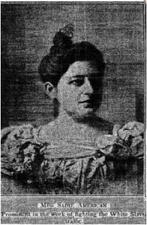
Sadie American
Forceful, dedicated, and brash, Sadie American shaped the National Council of Jewish Women for more than twenty years before resigning and severing all ties with the organization. As one of the Council’s founders, American organized local sections and represented the group nationally and internationally, generally building up the organization.
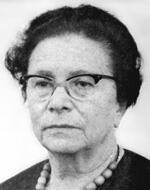
Anda Pinkerfeld Amir
Anda Pinkerfeld-Amir was a Zionist poet, and author whose works reflected the tension between Judaism and feminism in the early twentieth century. In her youth, she was a member of Ha-Shomer ha-Za'ir in Poland, and in 1920 she immigrated to Palestine to write Hebrew verse. She is best remembered as a children’s writer who tackled complex topics with humor and compassion.

Anath: Bible
Anath (Anat), a maiden/warrior goddess, is a prominent figure in the Canaanite mythological texts. Despite her prominence in the Ugaritic texts, she rarely appears in the Hebrew Bible. However, the naming structure used in references to Anath in the Bible indicates that she may have been honored among some Israelites.
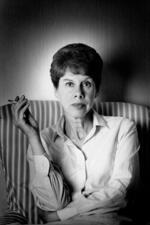
Anglo-Jewish Writers in the Twentieth and Twenty-First Centuries
Anglo-Jewish women writers have been active creators within the British literary arena since the late nineteenth and early twentieth century. The 1960s and 1970s saw the emergence of a number of Jewish female voices, although it was not until the 1990s that the works of Jewish women writers began to be recognized as part of the British literary canon. Anglo-Jewish women writers’ multifaceted perspectives are reflected in a literary production characterized by experimentation and fragmentation.


